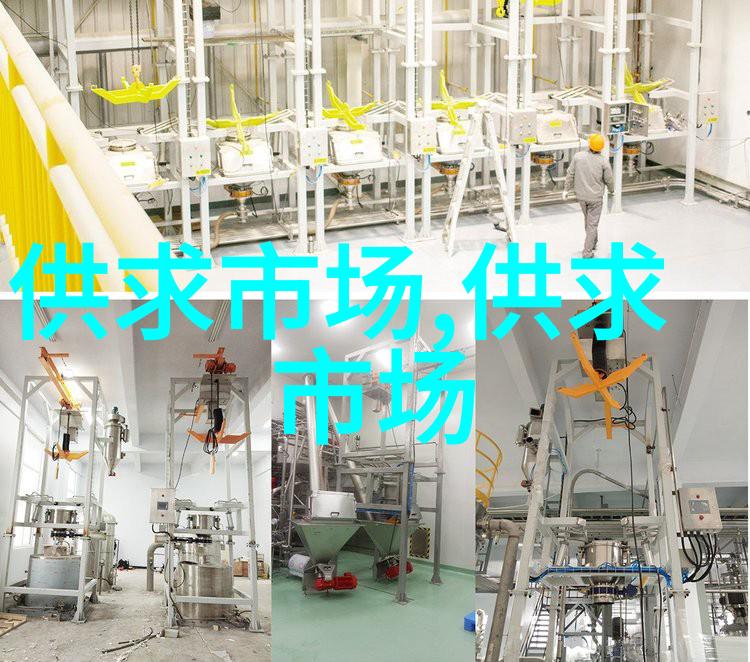
Does Regular Contact with Hive Products Contribute
Does Regular Contact with Hive Products Contribute Significantly to the Onset of Malignant Diseases?

As we delve into the world of apiculture, a growing concern has emerged among beekeepers and researchers alike: the potential link between beekeeping activities and an increased risk of developing cancer. This article aims to explore whether regular contact with hive products indeed contributes significantly to the onset of malignant diseases.
Firstly, it is essential to understand that while honeybees are incredibly beneficial to our ecosystem, their hives contain various substances that could pose risks to human health. One such substance is propolis – a resinous mixture collected by bees from trees and used for sealing gaps in their hivens. Propolis contains a high concentration of flavonoids, which have been linked to anti-inflammatory properties. However, when exposed excessively or over extended periods, these compounds may potentially trigger harmful effects on human cells.

Secondly, wax produced by honeybees also warrants consideration. Honeycomb wax is composed primarily of triglycerides derived from beeswax esters found within honeybee larvae's secretions. While these lipids contribute significantly towards maintaining structural integrity in beehives, they can also become hazardous when ingested or absorbed through skin contact during handling processes like harvesting or cleaning equipment.
Moreover, another factor worth examining lies within bee venom itself – an intriguing cocktail containing melittin (a potent neurotoxin), adolapin (an immunosuppressive peptide), hyaluronidase (breaking down connective tissue), mast cell degranulation factors (responsible for allergic reactions) and bradykinins (vasodilators). The presence of this toxic blend raises concerns about its impact on human health following repeated exposure via stings or direct contact with contaminated surfaces.

The question then arises as how does one mitigate these potential risks? A crucial step would be proper training on safe practices during interactions with both bees themselves and hive products. Educating individuals involved in beekeeping not only reduces accidents but also fosters greater awareness regarding possible hazards associated with handling materials directly related to the hives' construction or contents.
Furthermore implementation strategies should focus on minimizing unnecessary exposure levels through improved safety gear design; utilizing gloves made from materials resistant against chemicals found within propolis extracts; ensuring thorough cleaning after every use; reducing manual labor wherever feasible by incorporating technology-driven solutions such as automated extractors etc., thereby lowering overall exposure duration & intensity for workers engaged in tasks involving raw material extraction from colonies

To further explore this topic it might be necessary conducting research studies comparing incidence rates amongst populations practicing traditional versus modern methods engaging less frequent interaction times spent around active apiaries combined together along side additional investigations into preventative measures taken at individual level
In conclusion while there exists strong evidence suggesting correlation between certain aspects related specifically towards apiculture activities & heightened risk towards developing specific types malignancies more extensive investigation remains warranted before making any definitive claims connecting them causally It remains imperative upon all stakeholders including researchers scientists policymakers healthcare professionals educators farmers industry leaders manufacturers - working hand-in-hand collectively

To create comprehensive guidelines designed ultimately safeguarding public well-being without hindering economic growth resulting benefits provided us annually through pollination services offered free-of-charge nature



